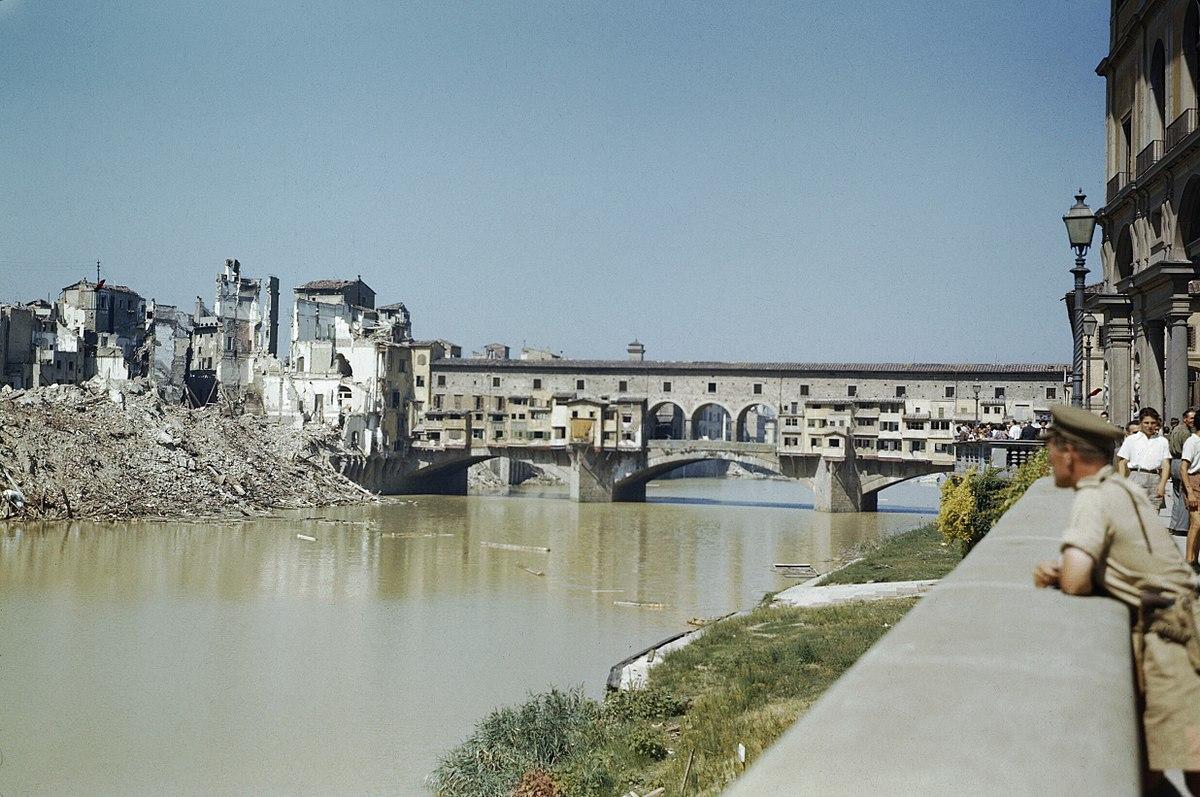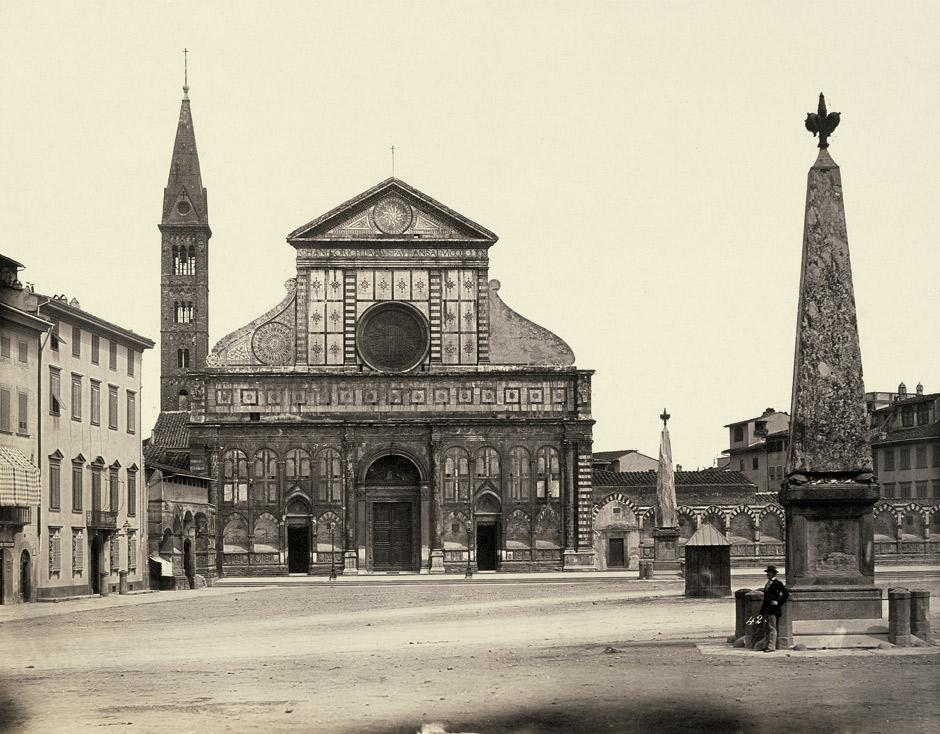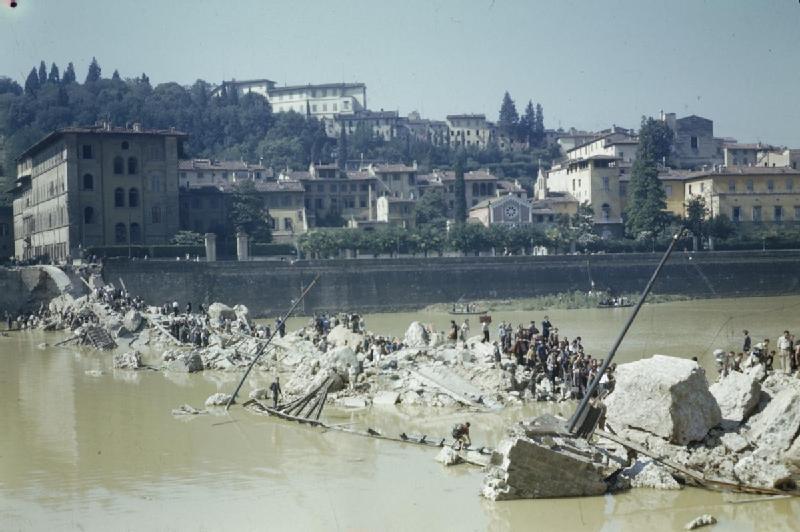McCartney's briefing commander strode into the room. He got straight to the point. Beginning at 0920, seventy-eight B-26 Marauders would depart the air base to drop 145 tons of high explosives on Florence's Santa Maria Novella train station—the central rail hub for all Geman supplies destined for Monte Cassino and Anzio. It was the first time the city's downtown had been designated as a primary bombing target. A chorus of low whistles pierced the quiet.
"We've been hitting targets around Florence for a long time," the commander continued, broaching the question on everyone's mind, "but we haven't actually hit the city itself because approximately ten percent of the world's art treasures are located right here in Florence." The commander stared purposefully at the pilots before him, many of whom were still in their late teens. "We've got to be very careful."
Custom "Shinnie" maps were shortly distributed highlighting the city's chief artistic landmarks. A patchwork of numbered white rectangles indicated the sites that were not to be damaged under any circumstances.
































